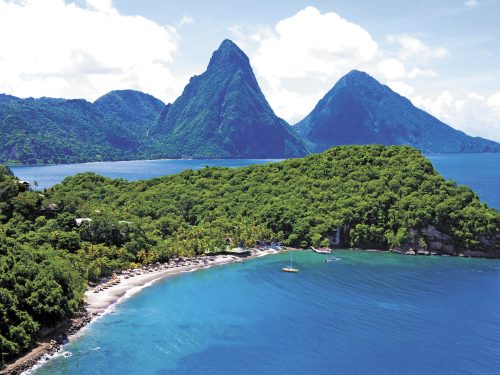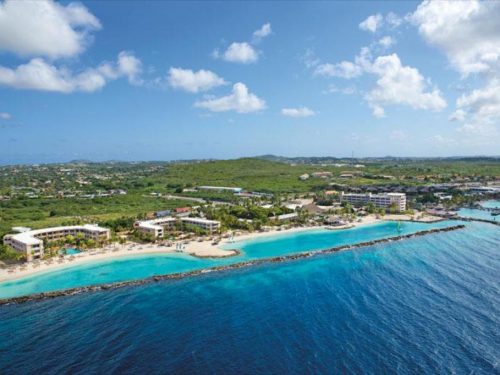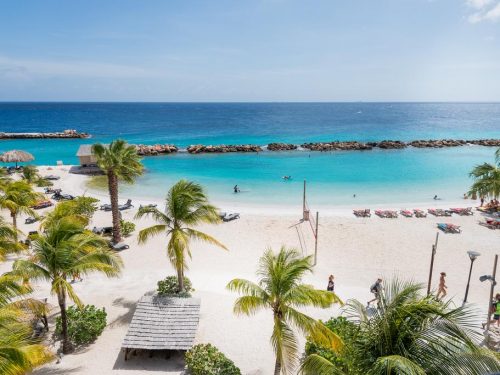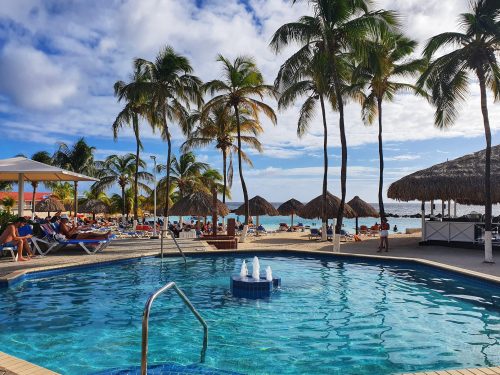Curaçao is a Caribbean island paradise, boasting 35 uncrowded beaches, and an eclectic mix of history and culture. Part of the “ABC Islands”, which make up Aruba, Bonaire, and Curacao, it is a long, arid, and mostly flat island. Just over 60 kilometres from South America, the island is about 10 miles (16 km) at it’s widest point, and the area is about 180 square miles (472 square km), making it the largest of the ABC Islands.
In 1997, the UNESCO World Heritage Site committee selected the historic city center — one of just six Caribbean sites chosen — because of its “outstanding value and integrity, which illustrates the organic growth of a multicultural community over three centuries, and preserves to a high degree significant elements.”
Curacao, a UNESCO World Heritage Site, offers travellers an interesting mix of authentic Caribbean and European history, culture, and architecture. While strolling down cobblestone streets overhearing conversations in Dutch, you would likely think you’re in Holland, not a Caribbean island. Downtown Willemstad is well known for charming, pastel-coloured Dutch-style townhomes which dot the streets, along with quaint boutiques and open air markets. Exotic white-sand beaches, National Parks, incredible cuisine, all tied together with a laid-back island vibe make Curacoa an incredible destination for any traveler seeking a unique experience.
An absolute mecca for divers and snorkelers, Curaçao offers 40 unique dive areas and over 65 must-see dive sites. Curaçao’s crystal clear calm waters create ideal underwater conditions for viewing marine life, discovering vibrant coral reefs and exploring ship-wrecks. Gorgonian corals, turtles, barracuda, rays, octopus and schools of Jacks – it’s all here waiting for you. Great opportunities exist for both shore diving and snorkeling, making this an incredibly well-rounded destination.
Curaçao is known for more than being a luxury dive destination in the Caribbean. As you might have guessed, Curaçao liqueur is made right on the island. Tour the distillery that processes the dried peel of a small, fragrant orange. Visitors learn the aqua colouring is just for show, and why this liqueur is so popular.









